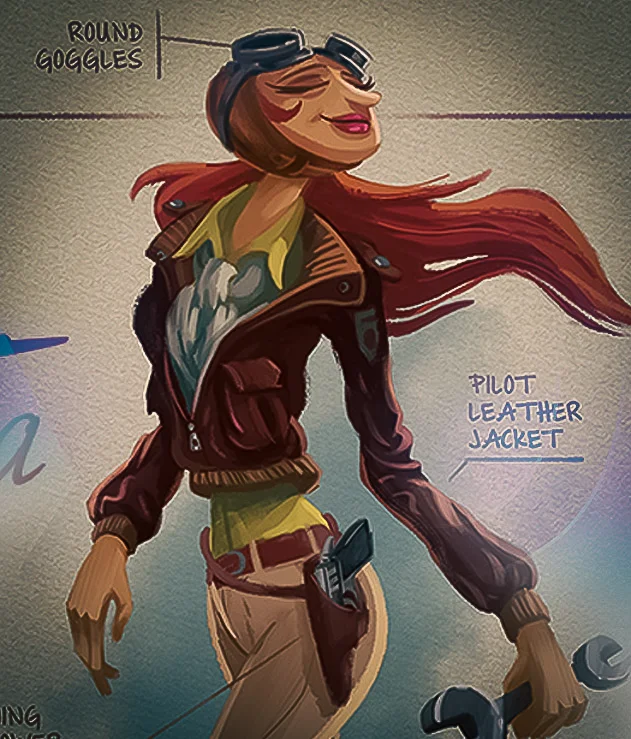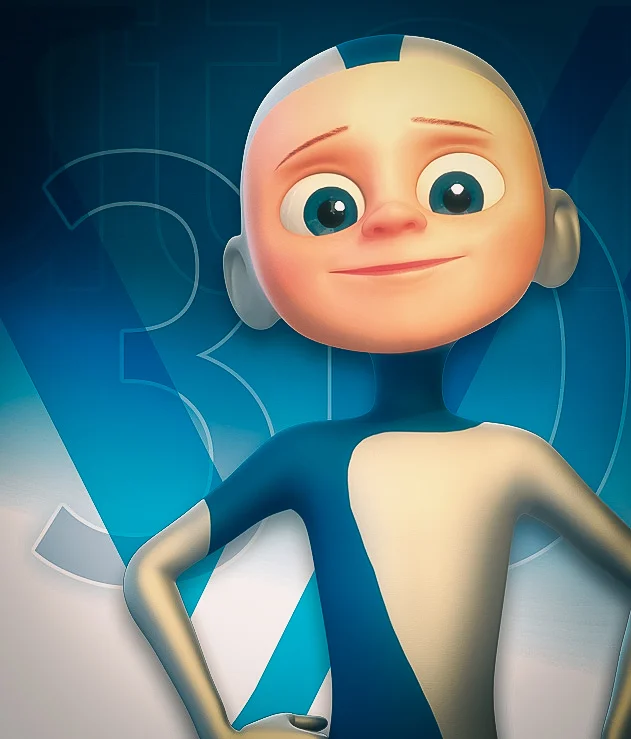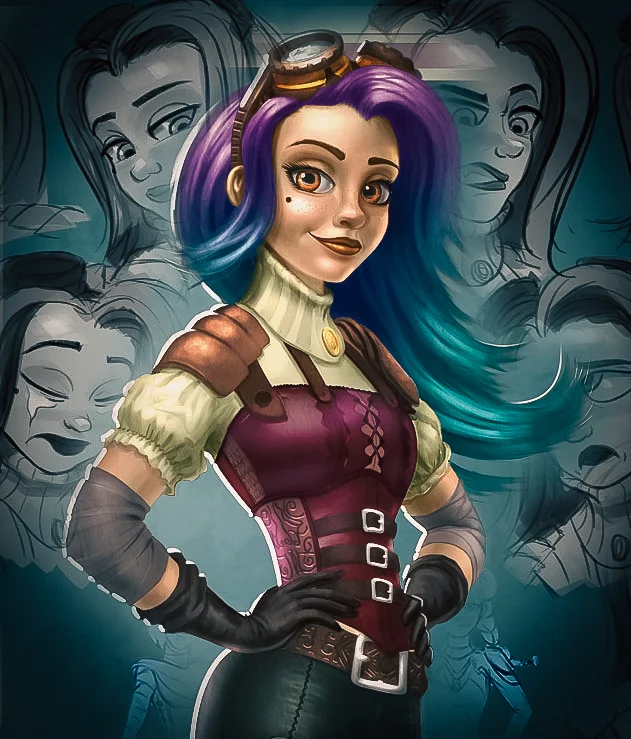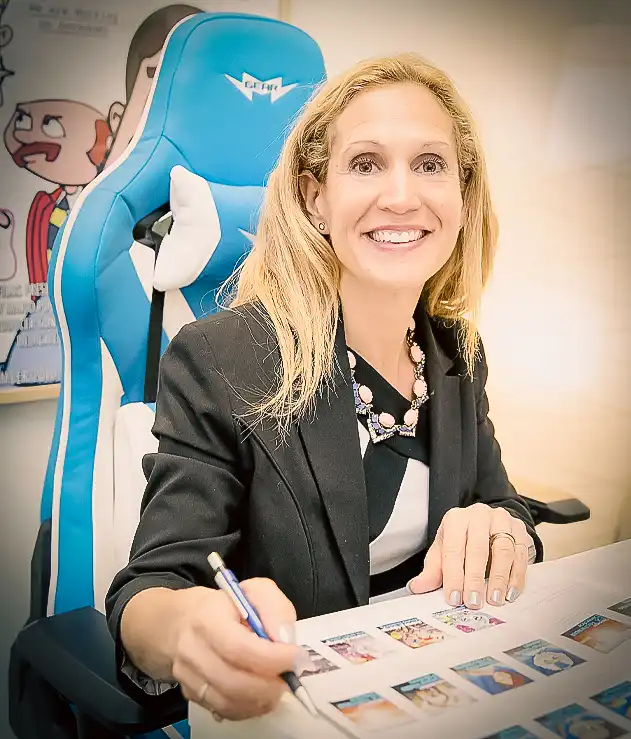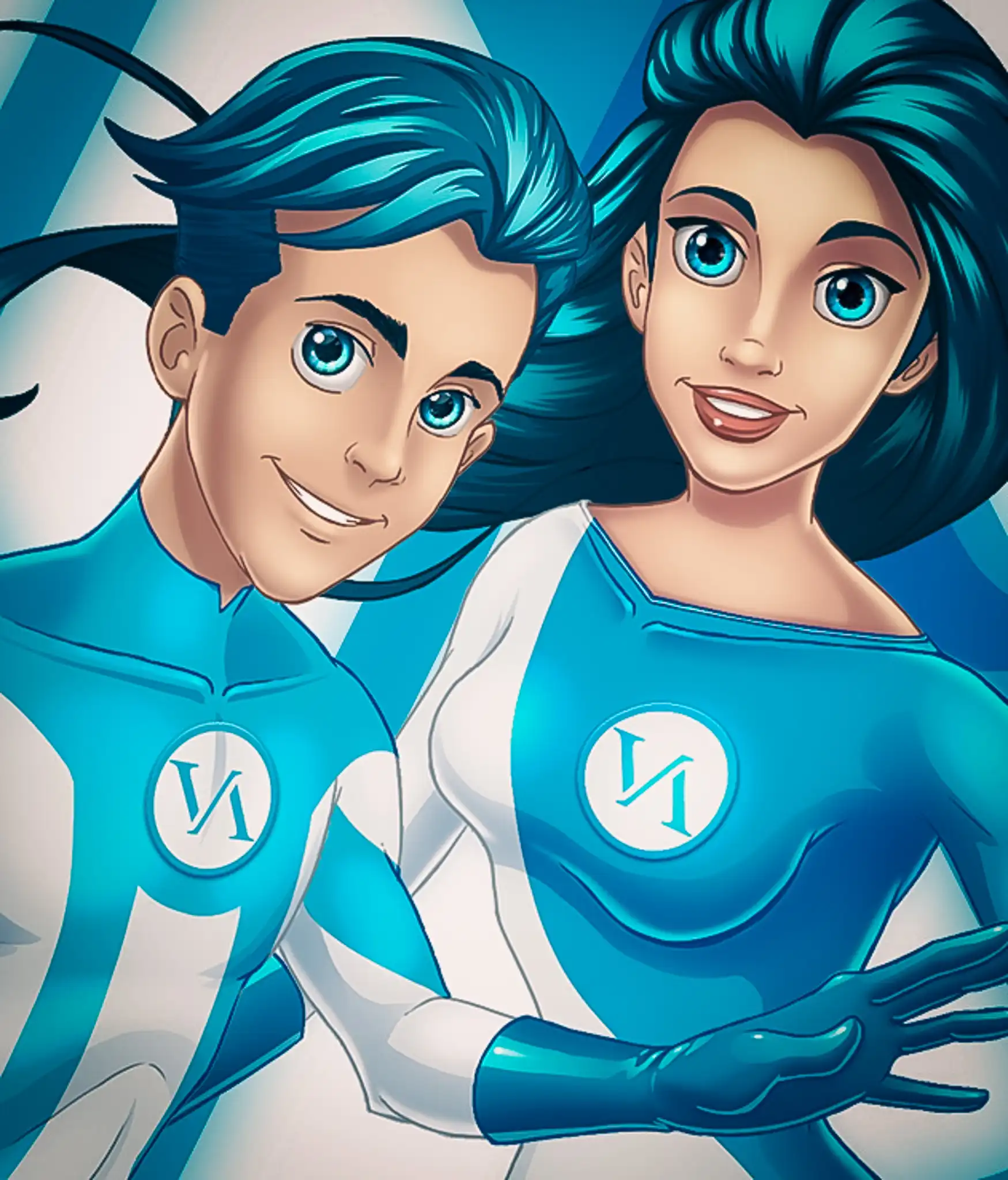 Image: Kuat (Motion Array)
Image: Kuat (Motion Array)
Author: VANAS Team
Are Video Editors More Important than Writers?
Table of Contents
- What Do Video Editors Do?
- What Do Writers Do?
- Why Both Roles Matter in Animation
- How Video Editing Shapes the Final Story
- How Writing Creates the Foundation
- The Debate: Which Role Has More Impact?
- Real-World Examples From Animation
- Skills Needed for Video Editors and Writers
- How Animation Students Can Decide Their Path
- Frequently Asked Questions
What Do Video Editors Do?
Video editors are the unsung heroes of animation and film. They take all the pieces—the scenes, the special effects, the audio tracks—and bring them together into a smooth, coherent story. In animation, editors decide the pacing, the timing of scenes, and how the story flows visually.
A famous quote in the industry is, “Editing is the invisible art.” Editors often work behind the scenes but have a massive impact on the final product. They control how the audience experiences the story through cuts, transitions, and timing.
What Do Writers Do?
Writers are the creators of the story. They develop the plot, characters, dialogue, and themes that make an animation engaging. Without writers, there would be no story to tell or emotions to evoke.
Writers craft the blueprint of the animation. Their work sets the tone, genre, and message. Good writing can make or break an animation because it determines whether the audience connects with the characters and storyline.
Why Both Roles Matter in Animation
In the world of animation, the importance of video editors and writers is often debated. However, they actually depend on each other.
Writers provide the foundation by creating the story, but editors bring that story to life by deciding how it is told visually. Animation is a collaborative art, and without either role, the project cannot succeed.
How Video Editing Shapes the Final Story
Editing controls the rhythm of animation. For example, in a fast-paced action scene, quick cuts create excitement, while longer shots slow the pace and build suspense.
Editors can also change the story’s meaning by rearranging scenes or removing parts entirely. In animation, where visuals are often complex and detailed, editors have the power to highlight key moments and hide mistakes.
How Writing Creates the Foundation
Writing is the heart of animation. It defines the characters' goals, conflicts, and growth throughout the story.
In animation, scripts often include detailed descriptions of scenes, character actions, and dialogue. This helps animators visualize what needs to be created.
A well-written script ensures the animation stays focused and meaningful, making the editor’s job more effective.
The Debate: Which Role Has More Impact?
It’s tempting to say one role is more important than the other, but the truth is, both video editors and writers shape animation in unique ways.
- Video Editors: They polish the animation and control how the audience feels moment to moment.
- Writers: They create the emotional core and message of the story.
Some say editors “fix” the story during post-production, while others believe a strong script means less work in editing.
Real-World Examples From Animation
In famous animated films, the collaboration between writers and editors is clear.
For instance, in Disney’s Frozen, the writers created memorable characters and songs, while editors worked hard to make sure scenes flowed smoothly and emotional beats landed perfectly.
Pixar’s films often undergo many script revisions before animation, but editing helps tighten the story and timing.
One industry veteran said, “A great writer gives you a strong heart, but a great editor makes that heart beat on screen.”
Skills Needed for Video Editors and Writers
Both video editors and writers need creativity, but their technical skills differ.
Video Editors
- Mastery of editing software (like Adobe Premiere Pro, Final Cut Pro)
- Understanding of pacing and rhythm
- Ability to work with audio and visual effects
- Strong communication skills to collaborate with directors and animators
Writers
- Strong storytelling skills
- Ability to create engaging dialogue
- Knowledge of script formatting
- Creativity to develop unique characters and plots
How Animation Students Can Decide Their Path
If you're interested in animation, deciding between writing and video editing can be challenging. Here are some tips:
- If you love storytelling, creating characters, and crafting dialogue, writing might be your path.
- If you enjoy working with visuals, pacing, and technical tools, video editing could be a better fit.
- Try experimenting with both roles in student projects or internships to find what excites you the most.
Remember, learning both skills can open more doors in the animation industry.
Frequently Asked Questions
Is video editing more important than writing in animation?
- Both roles are important and depend on each other to create a successful animation.
Can one person be both a writer and video editor?
- Yes, many professionals develop skills in both areas, especially in smaller studios or independent projects.
What skills should I focus on if I want to work in animation?
- Storytelling and technical skills are both valuable. Focus on what excites you the most, whether that’s writing scripts or editing footage.
How does video editing affect the audience’s experience?
- Editing controls pacing, mood, and clarity, which directly influence how the audience feels during the animation.
Why is writing considered the foundation of animation?
- Without a well-crafted story, animation lacks direction and emotional impact.

